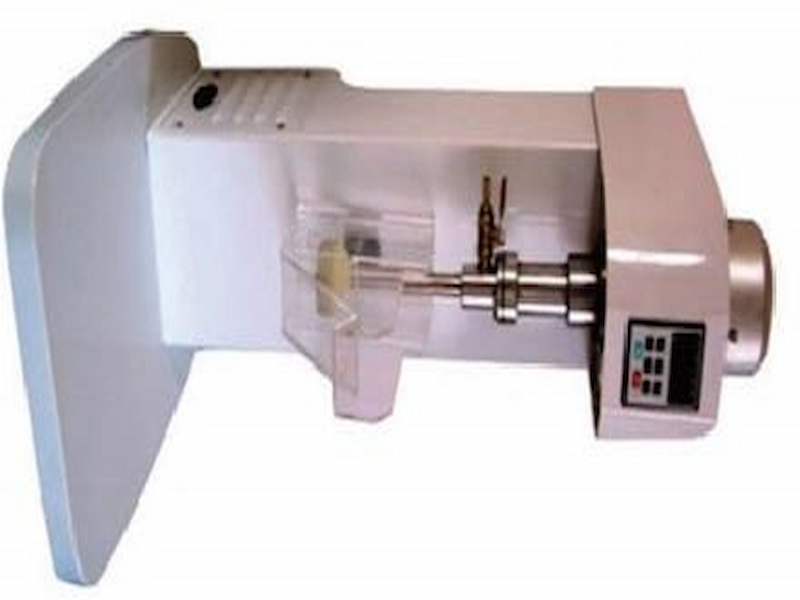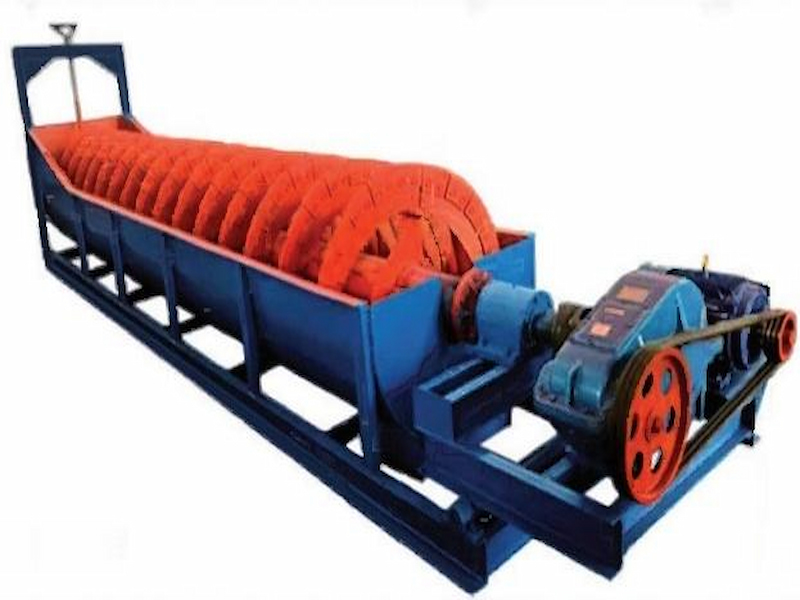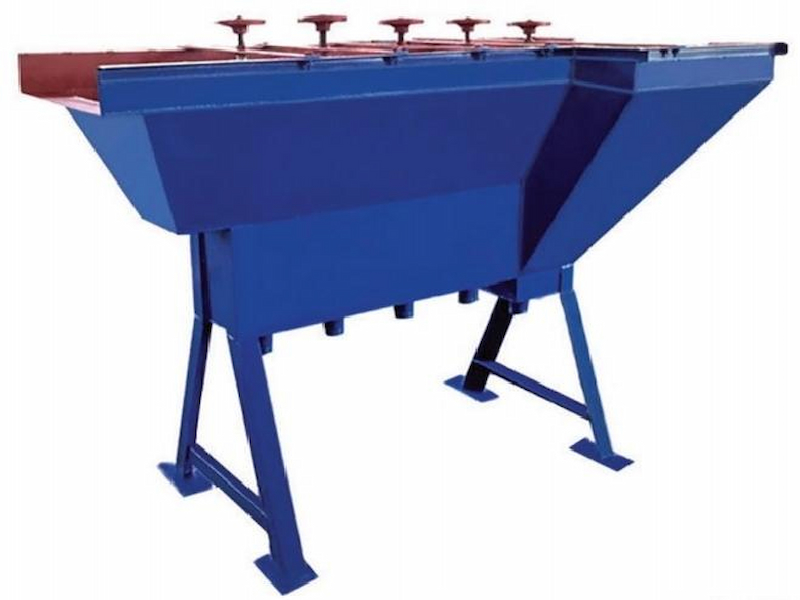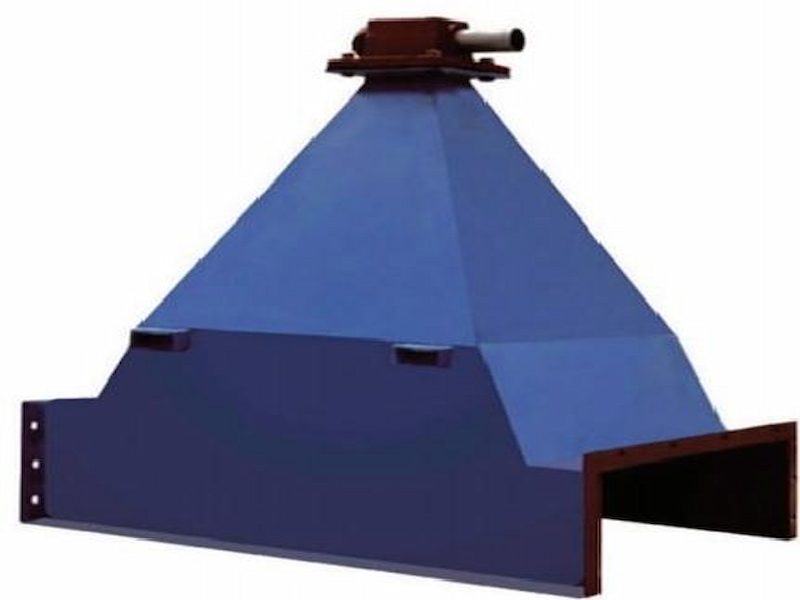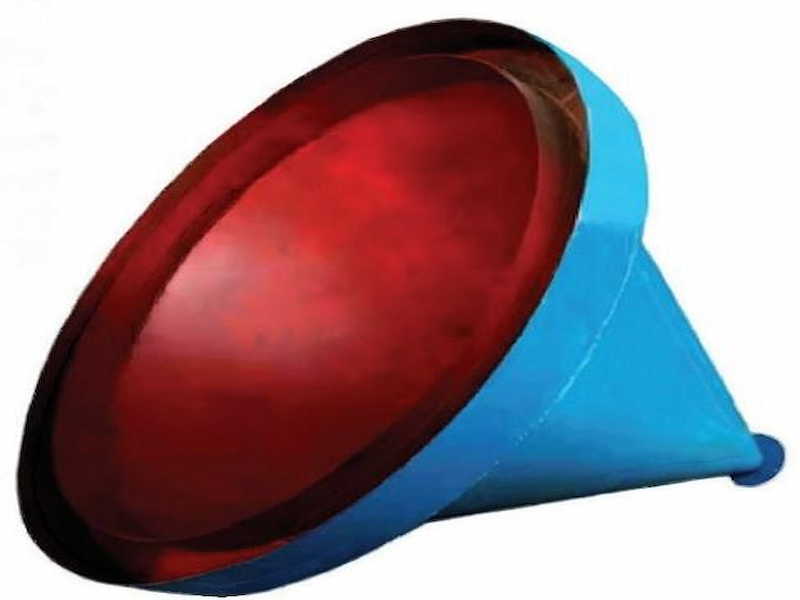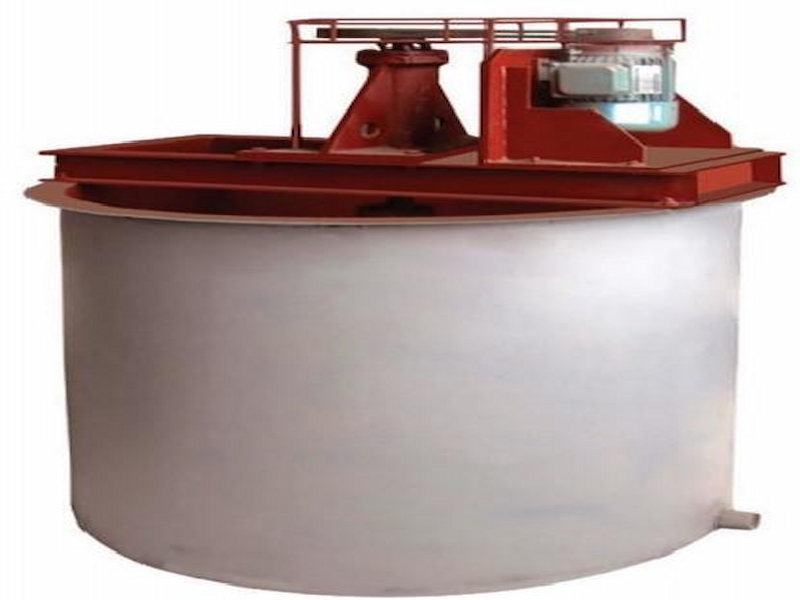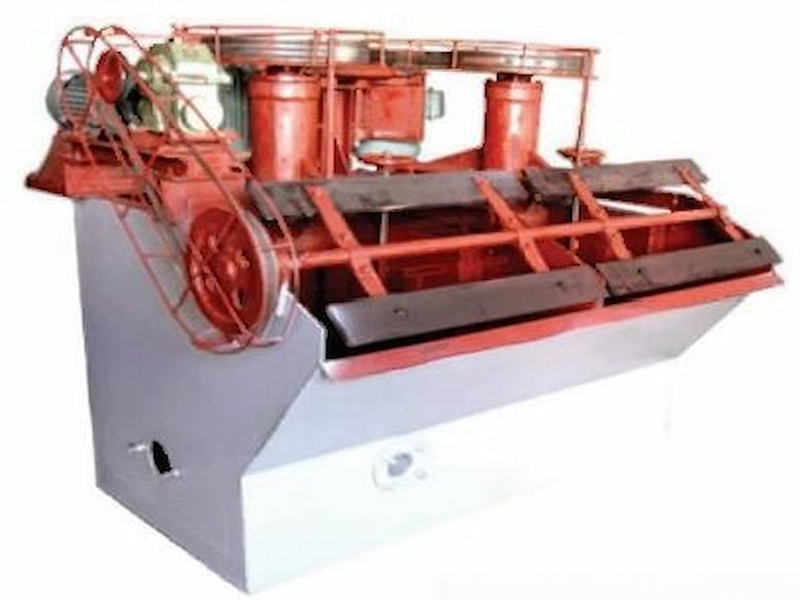CATHAY experimental flotation machine: precise simulation of sorting, an experimental tool to assist mineral research
1. Flotation principle to achieve efficient separation of minerals
CATHAY experimental flotation machine achieves mineral sorting through bubble adsorption based on the difference in physical and chemical properties of mineral surfaces. The core of the equipment consists of a flotation tank, an aerator, a stirring device and a scraping mechanism: after the slurry (a mixture of solid particles and water) enters the flotation tank, the agitator rotates at high speed (speed 500-2000r/min) to make the slurry evenly dispersed and fully mixed with the added flotation reagents (collectors, frothers, regulators); at the same time, the aerator introduces compressed air into the slurry to form a large number of uniform bubbles with a diameter of 0.1-1mm. The target mineral particles with a hydrophobic surface will be adsorbed on the surface of the bubbles, rise to the surface of the slurry with the bubbles to form a foam layer, and are scraped out by the scraping mechanism to become concentrates; hydrophilic mineral particles remain in the slurry and are discharged as tailings. By adjusting parameters such as flotation time (1-60 minutes), reagent dosage, and aeration volume (0.5-5L/min), the sorting effect can be accurately controlled. The single tank can process 5-50L of slurry, and the sorting efficiency can reach more than 85%, providing reliable data for mineral selectivity research.
2. Multi-mineral adaptation, covering the entire mining experiment scene
Metal ore sorting experiment: For sulfide ores such as gold, copper, lead and zinc, the industrial flotation process can be simulated for sorting. For example, in the copper ore flotation experiment, by adding xanthate collectors and pine oil frothers, the experimental flotation machine can effectively separate copper minerals from gangue minerals (such as quartz), and the copper grade of the concentrate can be increased by 30-50 percentage points, and the copper grade of the tailings can be reduced to below 0.5%, which clearly reflects the selectivity of the copper ore and provides a reference for process parameters for industrial production.
Non-metallic ore purification: suitable for purification experiments of non-metallic ores such as fluorite, graphite, and feldspar. In the separation of fluorite and calcite, by adjusting the pH value of the pulp (adding sodium carbonate to 8-10) and adding fatty acid collectors, fluorite can be enriched in the concentrate with a purity of more than 95%; for the flotation of graphite, by utilizing its natural hydrophobicity, only a small amount of frother is needed to separate it from impurities, and the fixed carbon content of the concentrate is increased to more than 90%.
Research on flotation of oxide ores: For oxide ores such as hematite and limonite, reverse flotation or sulfide flotation experiments can be carried out. When reverse flotation is used, starch is added to inhibit iron ore, and amine collectors are used to float out gangue to purify iron ore; when sulfide flotation is used, sodium sulfide is first added to sulfide the surface of the oxide ore, and then the sulfide ore collector is used for flotation. The experimental flotation machine can accurately control the sulfide time and reagent dosage, and study the effects of different processes on the sorting effect.
Rare metal ore exploration: used for the study of the selectivity of rare metal ores such as lithium ore, rubidium ore, and rare earth ore. In the flotation experiment of lepidolite, by adjusting the pulp temperature (20-50℃) and the reagent combination (such as cationic collector + sodium fluorosilicate), the separation of lepidolite from feldspar and quartz can be achieved, and the lithium content of the concentrate is increased to more than 3%, providing an experimental basis for the development of rare metal resources.
Mineral processing reagent performance test: The collection capacity, selectivity and foaming effect of different types of reagents can be compared. For example, the performance difference between new environmentally friendly collectors and traditional reagents is tested, and the applicability of reagents is evaluated through indicators such as concentrate grade and recovery rate. The precise control system of the experimental flotation machine (reagent addition accuracy ±0.1mL) ensures the reliability of the test results.
3. Performance advantages to ensure accurate and reliable experimental data
Precise parameter control: equipped with high-precision sensors and digital display control systems, parameters such as aeration volume, stirring speed, scraping speed (0-30r/min) can be continuously adjusted and displayed in real time, with an adjustment accuracy of ±1%, ensuring that the experimental conditions of different batches are consistent, and the data repeatability error is ≤5%, meeting the requirements of scientific research experiments for data stability.
Uniform distribution of bubbles: microporous aeration or impeller shear aeration technology is used, and the bubble diameter distribution generated is concentrated (0.3-0.8mm accounts for ≥80%), and is evenly distributed in the flotation tank, avoiding uneven sorting caused by too many or too few local bubbles, and the concentrate grade fluctuation can be controlled within 2 percentage points.
Fully mixed slurry: The agitator uses a special impeller and stator combination to form a strong turbulent zone, so that the slurry, reagents and bubbles are fully in contact, the reagents are evenly dispersed, the reaction time is shortened by 20%, and the amount of reagents is reduced (saving 10-20% compared to traditional experimental flotation machines), reducing experimental costs.
Visual operation: The flotation tank is made of transparent organic glass or tempered glass, which can directly observe the slurry flow, bubble generation and foam layer formation process, and is convenient for recording flotation phenomena; equipped with high-definition cameras and data acquisition systems, it can capture and store the flotation process in real time, providing intuitive image data for experimental analysis.
4. Structural design, taking into account experimental adaptability and easy maintenance
Miniature multifunctional design: The equipment occupies an area of only 0.5-1㎡, which is suitable for compact laboratory space; it supports single-tank, double-tank, and four-tank combinations (can be connected in series or in parallel), simulating the multi-stage flotation process of roughing, cleaning, and scavenging, and the single-tank volume is 5L, 10L, and 20L optional to meet the experimental needs of different ore sample quantities.
Anti-corrosion and wear-resistant treatment: The parts in contact with the slurry (flotation tank, impeller, stator) are made of 316 stainless steel or polyurethane, which are resistant to acid and alkali corrosion (can withstand slurry with pH2-12). The surface of the impeller is hardened (hardness above HRC55), which can withstand the wear of particles in the slurry and has a service life of more than 5,000 hours.
Convenient operation and cleaning: The flotation tank adopts a quick-release design, which can be quickly disassembled and cleaned after the experiment to avoid cross-contamination of different ore samples; the scraping mechanism is height-adjustable to adapt to different foam layer thicknesses; the reagent addition system is equipped with a precise metering pump, which supports automatic or manual addition, is easy to operate, and reduces the labor intensity of the experimenters.
Safety and environmental protection design: Equipped with leakage protection and overload protection devices to ensure safe electricity use; the slurry circulation system adopts a sealed design to reduce reagent volatilization and slurry splashing; tailings and wastewater can be collected and treated through pipelines, which meets the environmental protection requirements of the laboratory and avoids environmental pollution.
5. CATHAY brand guarantee, empowering mining research
Each experimental flotation machine undergoes flotation test of standard ore samples (such as copper standard ore samples) before leaving the factory to ensure that the sorting accuracy and parameter stability meet the standards. The professional technical team provides customized services - the temperature control system (slurry temperature 0-80℃ adjustable), online pH monitoring device or reagent automatic addition system can be configured according to the experimental requirements; on-site installation and commissioning, experimental method training services are provided to assist researchers in establishing flotation experimental plans. 7×24 hours after-sales hotline response, providing fault diagnosis, parts replacement and other services, core components (stirring motor, metering pump) warranty for 1 year, wearing parts (seals, impellers) are in sufficient stock to ensure the smooth progress of the experiment.
From mineral selectivity research to mineral processing process optimization, from reagent performance testing to new flotation technology development, CATHAY experimental flotation machine provides a reliable experimental platform for mining research with precise parameter control, stable sorting effect and convenient operation experience, helping researchers to explore the laws of mineral sorting, promote the advancement of mineral processing technology and efficient utilization of resources.

Table parameters
|
型号
Model
|
转速(r/min)
Speed
|
叶轮直径(mm)
Diameter
|
刮板转速(r/min)
Speed
|
给矿粒度(mm)
Size
|
功率(kw)
Power
|
外形尺寸(mm)
Dimension
|
重量(kg) Weight
|
|
XFD0.5
|
2590
|
φ45
|
15
|
-0.2
|
90
|
400×310×660
|
26
|
|
XFD0.75
|
2340
|
φ45
|
|
XFD1
|
2100
|
φ55
|
400×310×700
|
32
|
|
XFD1.5
|
1900
|
φ60
|
|
XFD3
|
1708
|
φ70
|
30
|
460×350×780
|
50
|
|
XFD8
|
1400
|
φ100
|
250
|
78
|





